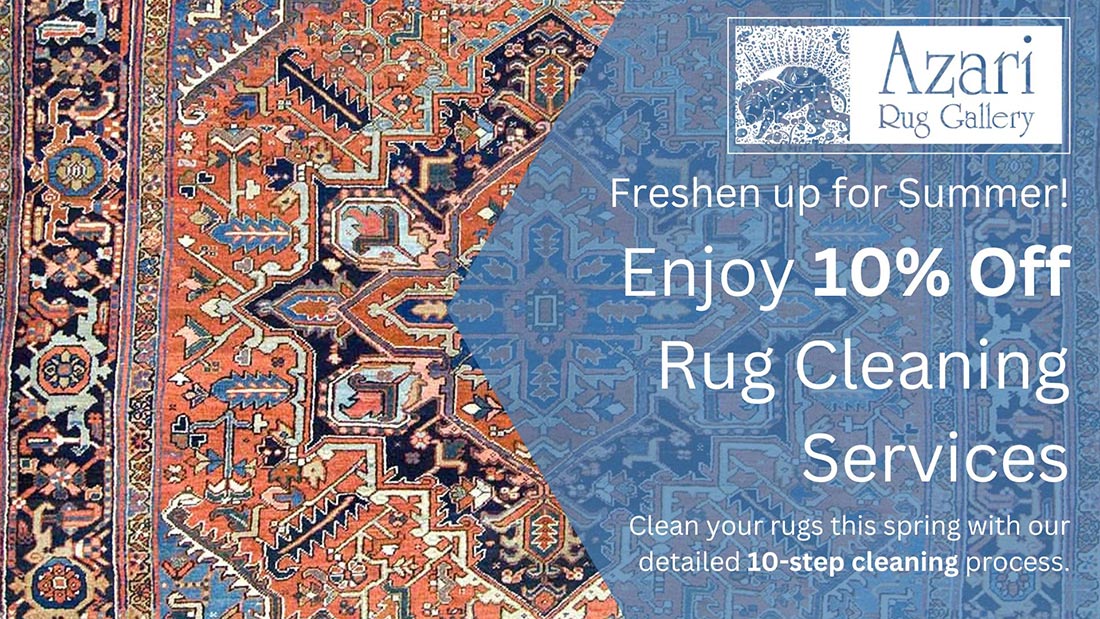Centuries of Design: The History of Rugs
Centuries of Design: The History of Rugs
The tradition of rug making is ancient, a functional and decorative art that dates back centuries. As time progresses, the rug making process evolves, yet each hand-made rug still honors its past traditions.
Some of earliest known civilizations, such as the Egyptians and Mesopotamians, were known to weave rugs out of the materials available to them. This includes animal skins and various grasses. Rugs served as functional pieces used to help warm the ground during colder months. Nomadic tribes would weave rugs as makeshift walls and floor coverings while on the road. As time progressed, and civilizations began to settle, rugs still held their functional purpose, but the art of their making became more refined.
Persia was recognized as one of the first nations to refine rug making into an artistic skill. Using high quality craftsmanship, naturally found fibers such as wool, as well as the integration of precious metals and dyes, the rugs being produced became more intricate and vibrant. Rugs were not just functional pieces to keep you warm during the colder months but works of art that would become essential to trading as routes were established.
Trading routes like the Silk Road became popular, and hand-crafted rugs became a commodity. Persian hand-made rugs became a symbol of wealth and social status, and were commonly found in castles, and noble’s homes. As trading across nations became normalized, other countries became familiar with rug making skills and began applying their own design and techniques.
Modern day rugs have evolved greatly from their ancient predecessors. The art of hand knotted rugs can be found across several different countries, including Iran, Pakistan, India, Turkey, as well as part of Central Asia. Each region has its own techniques and designs that honor their history and the craftsmanship of their area. Modern days have also brought about the rise of machine-made rugs. These rugs are not knotted but instead looped using a machine. The loops are then glued down onto a mat, usually plastic. These rugs are mass produced, therefore highly accessible and not one of a kind. Machine made rugs are notorious for their lack of longevity. The loops that construct a machine-made rug are very easy to pull apart, making you need to purchase a new one within a couple of years. Though these become more popular with the modern times, nothing will beat the craftsmanship and longevity a handmade rug can provide. The art of making a rug has been honed over centuries, and handmade rugs are made to be purchased once and cherished for years as a special, one-of-a-kind work of art.

